Abundance: invasive
What: young leaves, stems, bottom "flotation pods"
How: boiled, fried
Where: marshes, water
When: all year
Nutritional Value: Vitamin A
Dangers: Raw and cooked plants may cause itchiness in some people. Also, these plants collect and concentrate any toxin/pollutants in the water, so only collect them from areas of know high water quality. Water hyacinth is very prolific and invasive which has resulted in many places outlawing its transport. This means you might get arrested for taking some home to eat. Water hyacinths are a free floating plant that can be very invasive.
Water hyacinths floating in a lake.
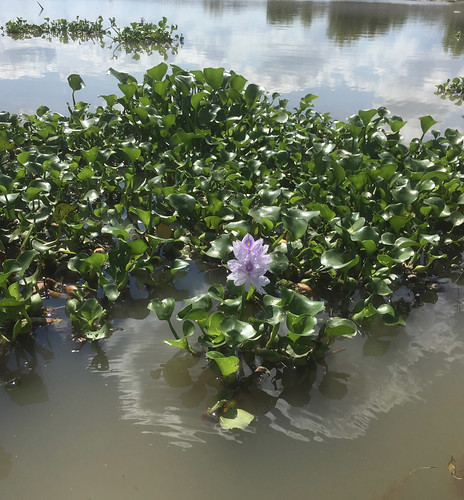
Cluster of water hyacinths.
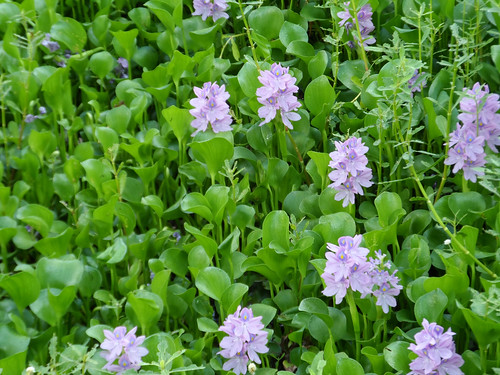
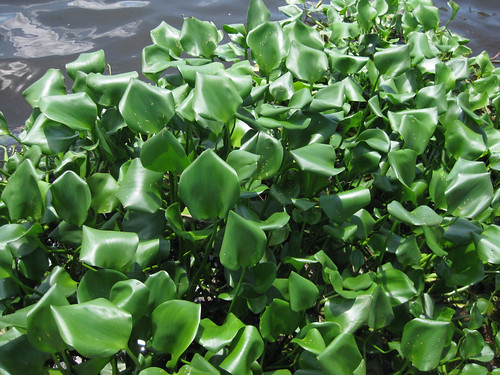
Closeup of water hyacinth air bladders.
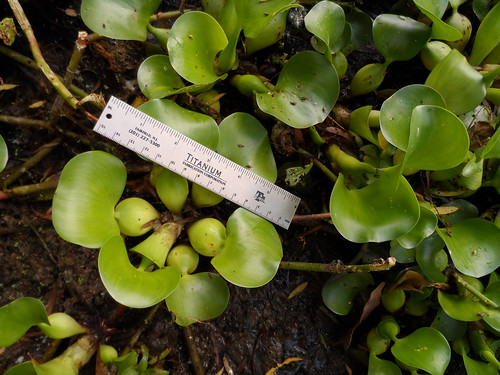
Full plant removed from the water.

Closeup of water hyacinth flowers.
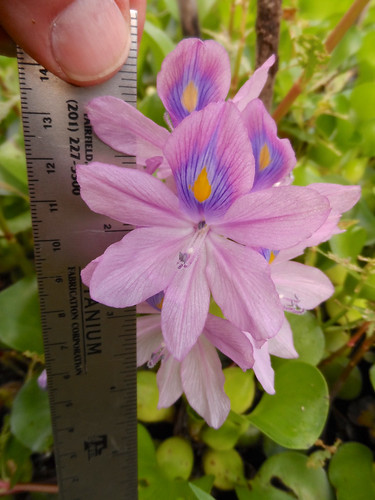
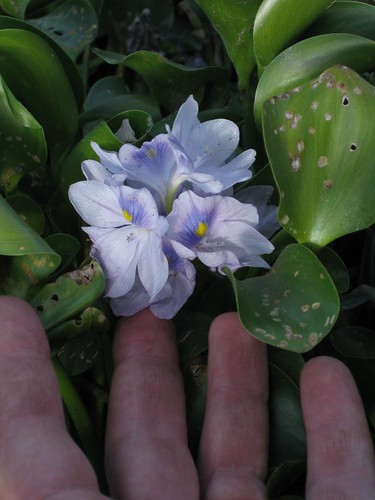
More pictures of water hyacinths.

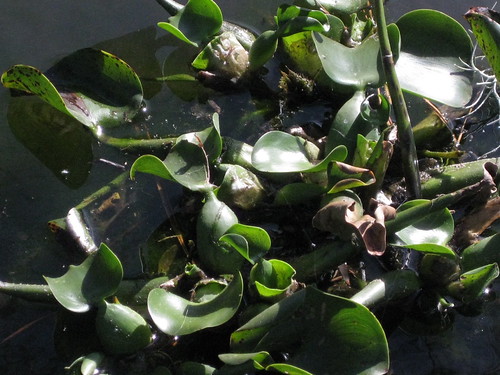
Texas distribution, attributed to U. S. Department of Agriculture. The marked counties are guidelines only. Plants may appear in other counties, especially if used in landscaping.
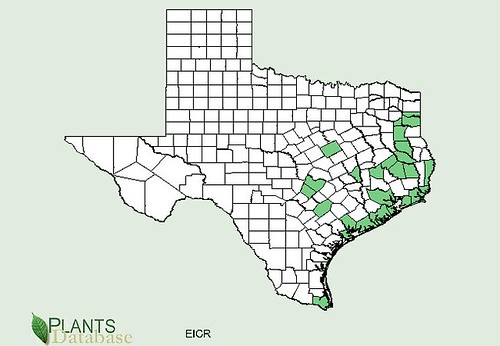
North American distribution, attributed to U. S. Department of Agriculture.
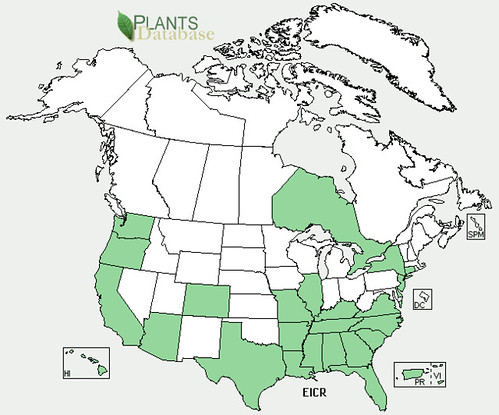
Sadly, the invasive Water Hyacinths are choking Texas waterways. They quickly reproduce from just a small bit of root, easily covering entire lakes in a few months. Imported from Asia as a decorative plant due to their beautiful flowers, these floating, bulbous plants are an ecological nightmare. Due to their incredible ease and speed of reproduction, it is illegal to transport Water Hyacinths even if your plan is to eat it.
In Asian countries the "heart" of the Water Hyacinth is cooked up and used in a manner like artichoke hearts. They must be cooked to kill any waterborne, infectious microbes. To prepare, cut away the leaves, flowers, and fine roots from the core of the water Hyacinth. Boil this heart or thinly slice it for use in a stir-fry dish.
Buy my book! Outdoor Adventure Guides Foraging covers 70 of North America's tastiest and easy to find wild edibles shown with the same big pictures as here on the Foraging Texas website.

